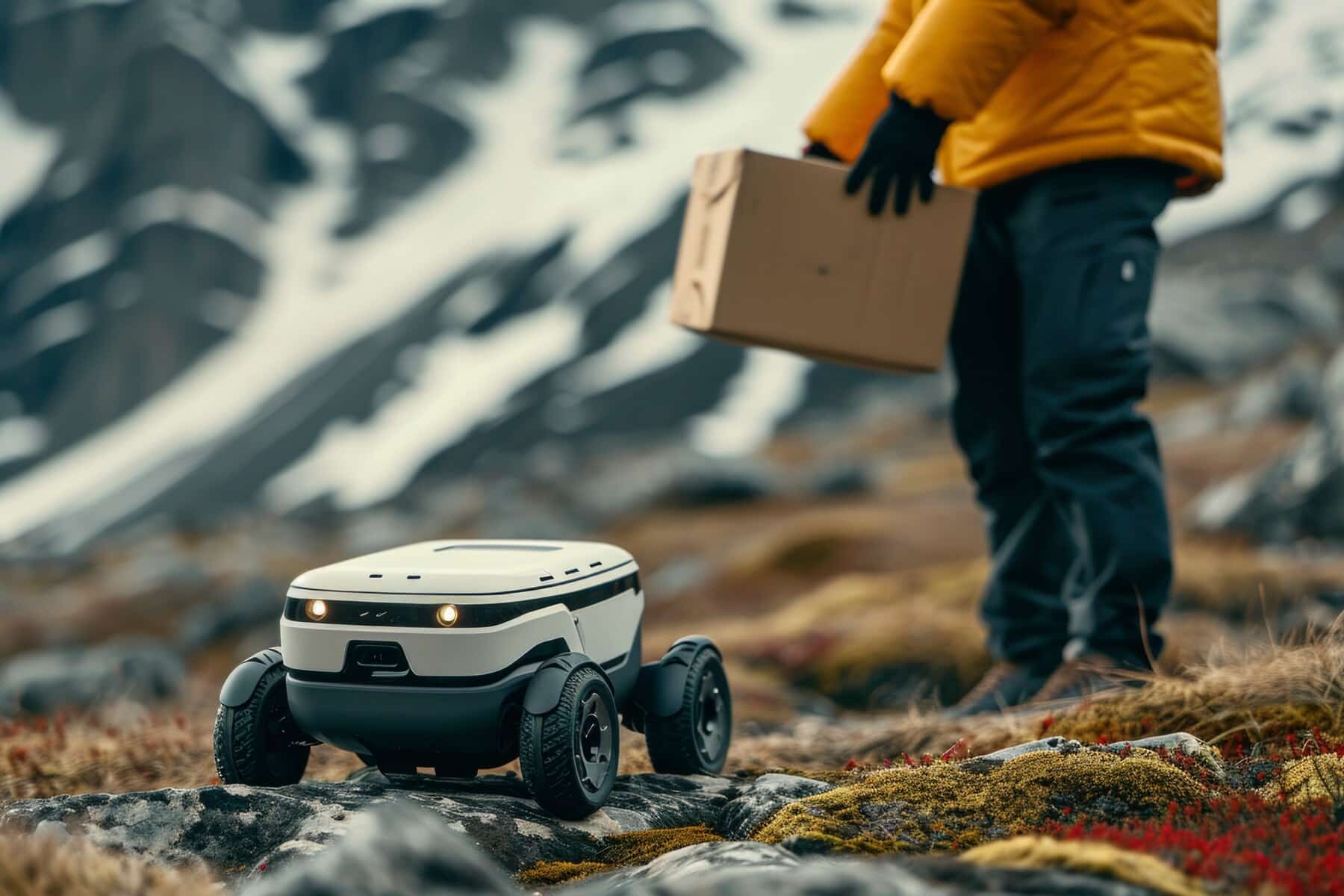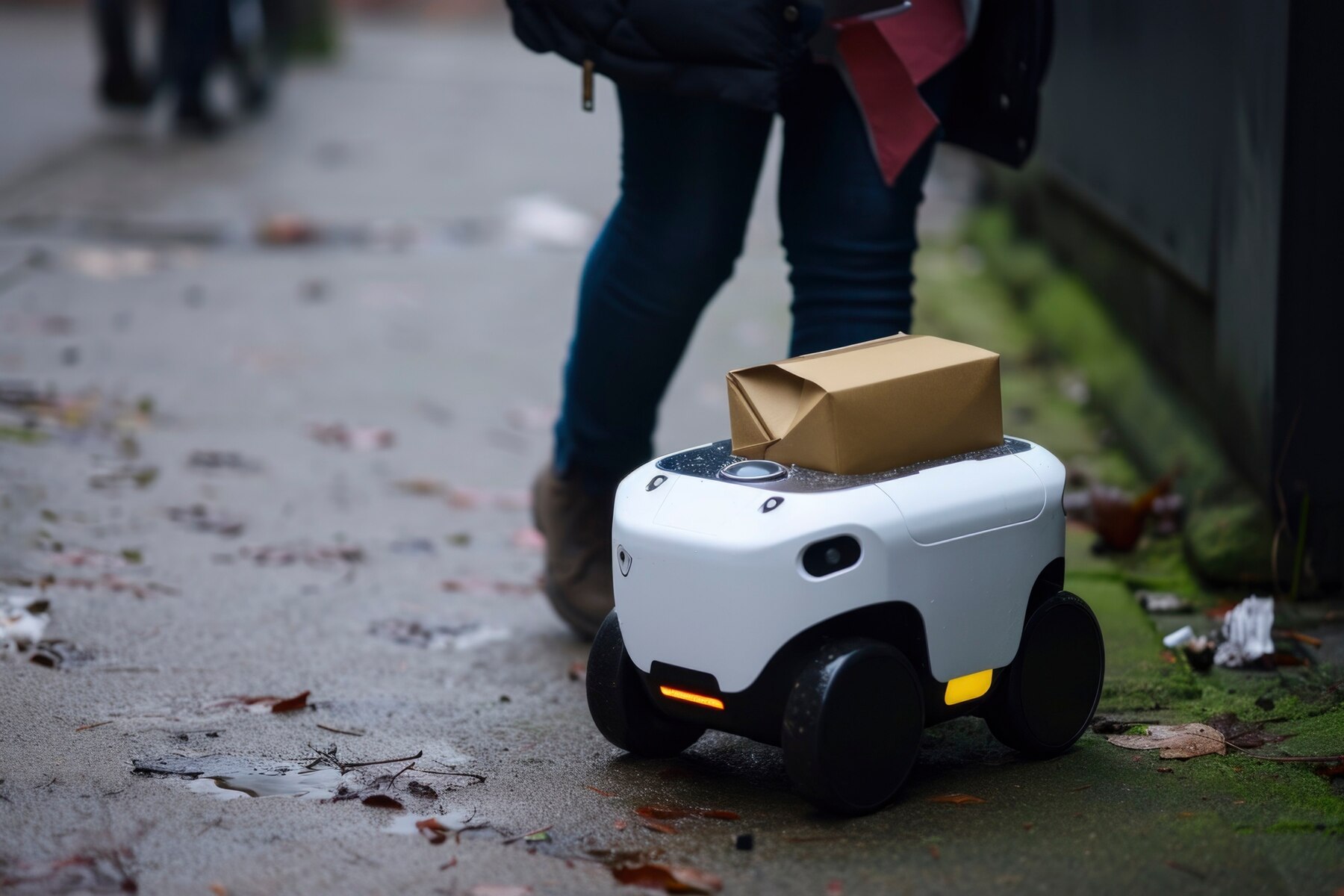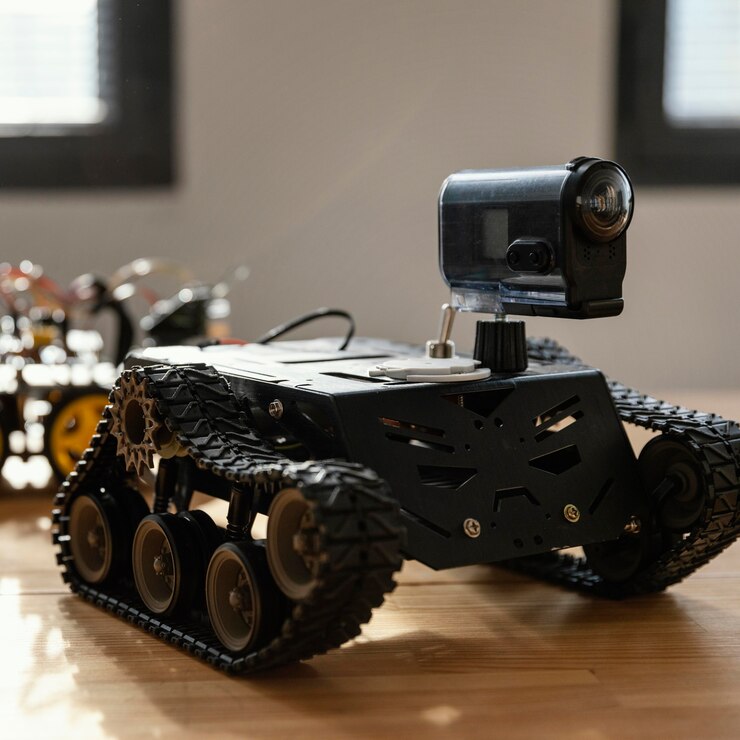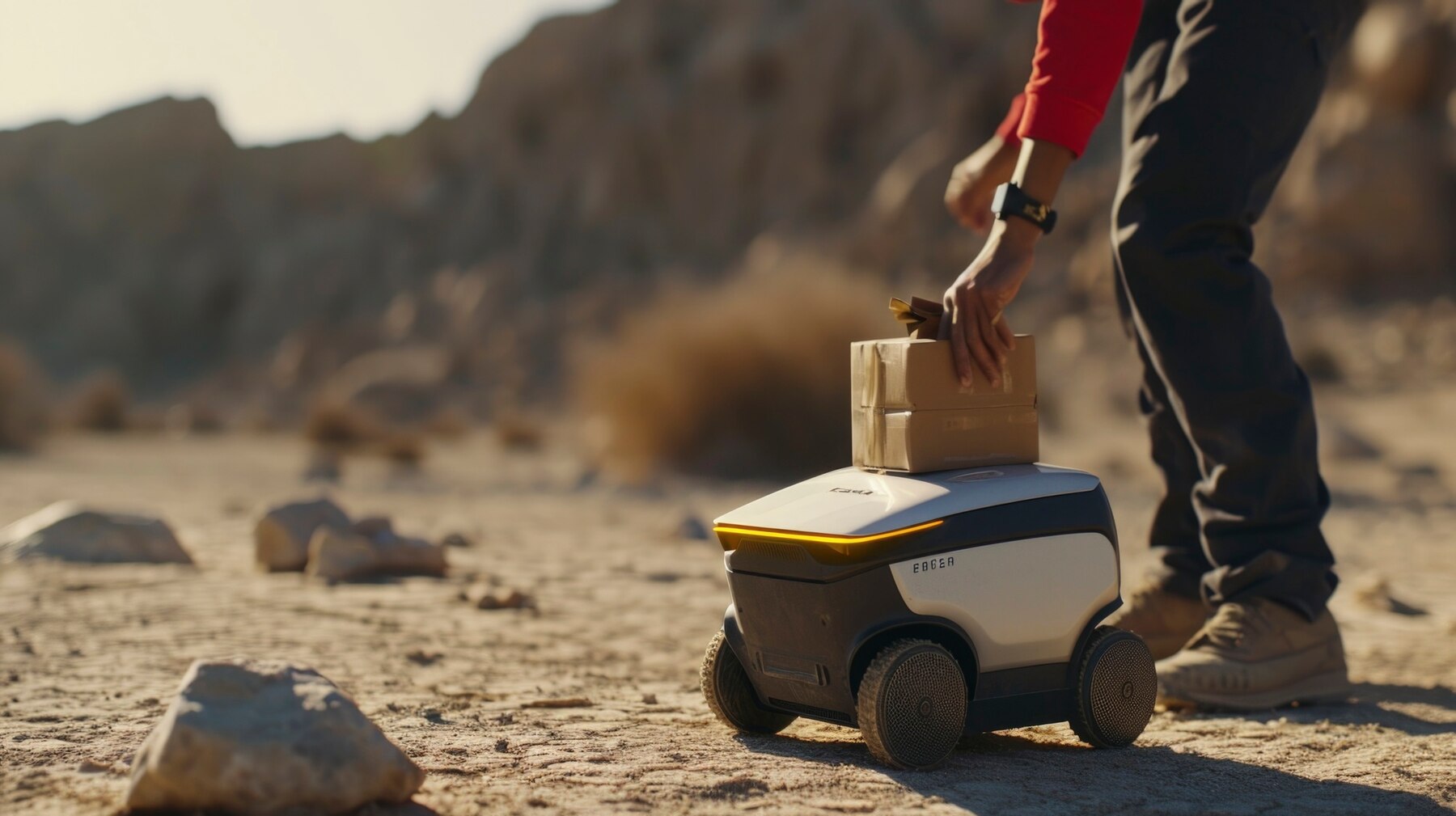
The Role of Robots in Disaster Response and Rescue Missions
Natural disasters can happen anytime, causing destruction and chaos. In these critical moments, robots for disaster relief are changing the game. They assist first responders, search for survivors, and reduce risks for human teams. From AI drones to autonomous rescue robots, technology is transforming disaster management.
This article examines how search and rescue robots improve emergency response. It covers the latest in AI for emergencies and shares real-world examples of their effects. Robots help save lives during earthquakes, floods, wildfires, and industrial accidents and boost efficiency.

Why Are Robots Essential in Disaster Response?
Disasters create dangerous situations where human responders face significant risks. Robots offer crucial benefits by:
- Accessing hazardous areas where humans cannot go.
- Performing search and rescue operations more effectively.
- Collecting real-time data for emergency teams.
- Reducing risk for human responders.
- Operating continuously without fatigue or stress.
Robots aid in disaster relief. They navigate collapsed buildings, use thermal sensors to find survivors, and speed up and improve rescue efforts.
Types of Robots Used in Disaster Response
Search-and-Rescue Robots
These robots find survivors in collapsed buildings, forests, or flooded areas. They use thermal imaging, AI mapping, and self-driving tech to explore areas too risky for humans.
Examples:
- Boston Dynamics’ Spot – A quadruped robot that moves through rubble and uneven terrain.
- Snake-like Robots – Developed by Carnegie Mellon University, these robots slither through debris to find survivors.
Aerial Drones for Emergency Response
Drones play a key role in disaster response. They provide aerial surveillance, deliver medical supplies, and assess damage quickly.
Notable Examples:
- DJI Matrice 300 RTK – Thermal imaging and AI analysis aid in search missions.
- Zipline Drones – Deliver medical aid in remote or disaster-stricken areas.
Underwater Rescue Robots
Floods, tsunamis, and maritime disasters require unique robots that work underwater to find and rescue survivors.
Advanced Technologies:
- AquaRescue Bots – Autonomous submarines for deep-sea rescues.
- Seabotix ROVs – Remote-operated vehicles for underwater searches.
Firefighting Robots
Wildfires and industrial fires pose considerable risks to human firefighters. AI-driven robots can enter hazardous areas and effectively put out flames.
Innovative Firefighting Robots:
- Thermite RS3 – A remote-controlled robot used in extreme fire conditions.
- Colossus – Used in the Notre Dame Cathedral fire, able to handle intense heat.
AI-Powered Medical Assistance Robots
Medical response is vital during disasters. Robots now provide first aid, transport patients, and perform triage in emergency zones.
Notable Examples:
- Robotic Ambulances – AI vehicles that give real-time assistance.
- Xenex Disinfection Robots – Used to sterilise medical environments after disasters.

Real-World Applications of Robots in Disaster Response
Robots in Earthquake Search and Rescue
After earthquakes, collapsed buildings make traditional rescue efforts dangerous. Search and rescue robotics have proven invaluable.
Case Study: 2011 Japan Earthquake & Tsunami
- Robotic drones and snake-like bots found survivors trapped under debris.
- The Quince robot helped inspect damage at the Fukushima nuclear reactor.
AI in Wildfire Management
Wildfires spread quickly, making human intervention risky. AI robots help with early detection, suppression, and evacuation plans.
Example: Australian Bushfires 2020
- AI drones provide real-time fire mapping.
- Firefighting robots controlled flames in dangerous areas.
Flood Rescue Operations with Underwater Drones
Floods often trap people in submerged buildings or vehicles. Underwater robots locate and save lives.
Example: Hurricane Harvey 2017
- Uncrewed boats and AI drones delivered emergency supplies and conducted rescues.
Industrial Disaster Management
Nuclear or chemical disasters create toxic environments for humans. Robots minimise exposure risks.
Example: Chernobyl & Fukushima Nuclear Disasters
- Radiation-resistant robots aided in damage assessment and cleanup.
- AI systems helped prevent further leaks.
Technological Advancements in Disaster Robotics
The field of robots for disaster relief is constantly evolving. Some of the latest innovations include:
AI-Powered Autonomous Robots
- Machine learning allows robots to adapt to complex environments without human help.
- AI robots can predict survivor locations based on past disaster patterns.
Swarm Robotics
- Small robots working together in swarms can cover large areas efficiently.
- Used in landslides and avalanche rescues.
Advanced Sensor Integration
- Thermal imaging, LiDAR mapping, and biochemical sensors boost detection capabilities.
- Helps find survivors in smoke, water, or rubble.
Real-Time Data & Cloud Connectivity
- AI robots share real-time data with rescue teams through cloud networks.
- This improves decision-making and response times.
Human-Robot Collaboration
- Exoskeletons help emergency responders carry heavy loads.
- Augmented reality (AR) technology boosts situational awareness.
Challenges of Using Robots in Disaster Response
While robots are invaluable, they face limitations:
- High Costs – Advanced robotics can be expensive to deploy.
- Limited Battery Life – Power issues can affect long missions.
- AI and Ethical Concerns – Decision-making in life-or-death situations is challenging.
- Communication Barriers – Remote-controlled robots need stable signals, which disasters can disrupt.
- Adaptability Issues – Some robots struggle with unpredictable environments like shifting debris.
Overcoming these challenges needs research, government support, and improved AI.

The Future of Robots in Disaster Relief
The future of AI emergency response looks bright. Ongoing advancements make search and rescue robotics more efficient and accessible. Key trends include:
- Integration with 5G for real-time remote operations.
- AI decision-making to prioritise rescues.
- Miniaturised robots for accessing smaller spaces.
- Autonomous drones for quick response.
- Collaboration between AI and human rescuers for smooth operations.
Robotic technology is improving. As a result, disaster relief efforts worldwide can be expected to be faster, safer, and more effective.


